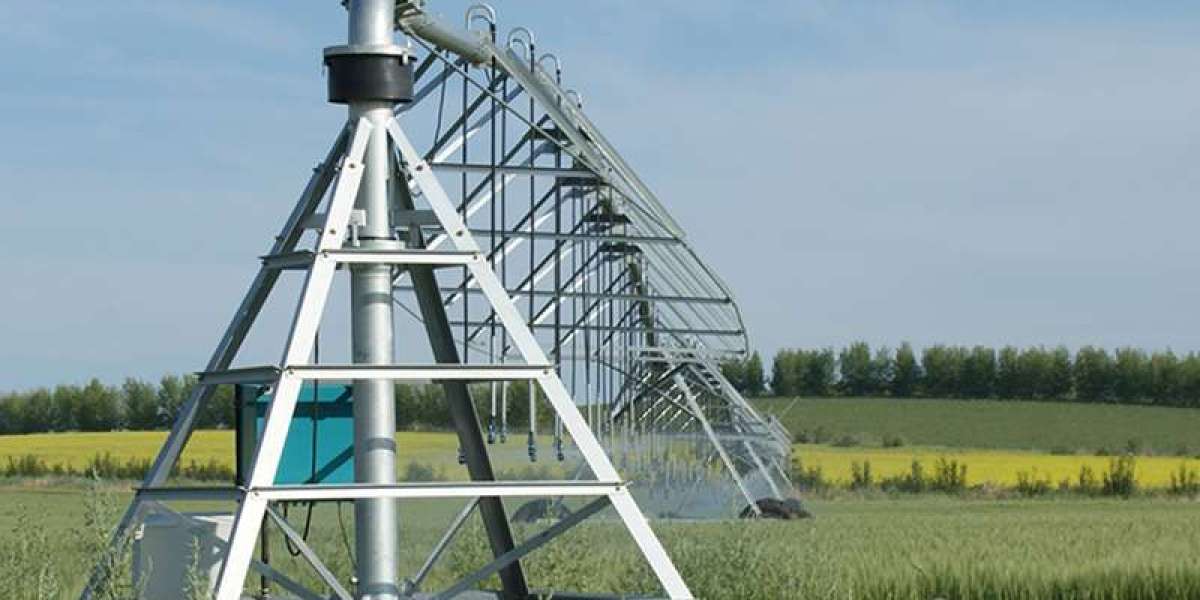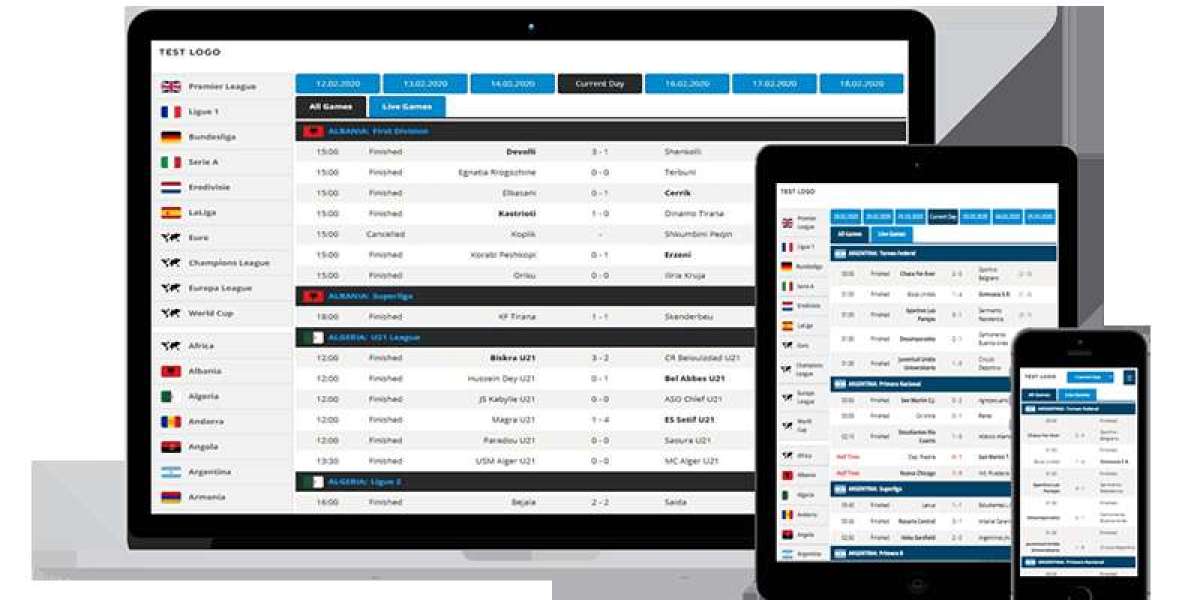The Internet of Things (IoT) has transitioned from a nascent concept to a technological cornerstone across industries. The diversity of IoT platforms available can be overwhelming, necessitating a strategic approach to platform selection??.
Understanding Your Project's DNA??
Before embarking on platform evaluation, a deep dive into your project's specifics is crucial. Consider the following:
Device Landscape: Characterize the types, quantities, and complexity of devices involved. Are they resource-constrained sensors?️♂️, high-performance actuators, or a mix?
Data Profile: Analyze the volume, velocity, and variety of data generated. Determine if real-time processing, historical analysis,? or both are required.
Connectivity Matrix??: Identify essential communication protocols and consider factors like range, reliability, and power consumption.
Security Imperatives?️?: Assess the sensitivity of data and devices. Define the level of security required, including authentication, authorization, encryption, and intrusion detection.
Scalability Roadmap??: Anticipate future growth and expansion. Choose a platform that can accommodate increased device numbers, data volumes, and application complexity.
Development Team Dynamics??: Evaluate your team's skill set and experience. Consider platforms that align with their expertise or offer robust support and training resources?.
Budgetary Constraints: Define a clear budget, encompassing platform costs, development expenses, hardware,? and ongoing maintenance.
Core Competencies of an IoT Platform?
A robust IoT platform should provide a comprehensive suite of capabilities:
Device Management: Efficiently onboard, configure, and manage device lifecycles, including firmware updates and troubleshooting.
Data Ingestion and Processing: Seamlessly collect, store, and process data from diverse sources, offering flexibility in data formats and processing pipelines.
Application Enablement: Provide a robust development environment to build custom applications and user interfaces, integrating with existing systems.
Ecosystem Integration: Facilitate seamless connectivity to cloud platforms, enterprise systems, and third-party services.
Security Foundation: Implement end-to-end security measures, including data encryption, access controls, and anomaly detection.
Advanced Analytics: Offer tools for extracting meaningful insights from data, enabling data-driven decision making.
Navigating the Platform Landscape??️
The IoT platform market is diverse, with options ranging from cloud-based giants to open-source communities. Consider the following categories:
Cloud-Based Platforms: Provide comprehensive solutions with managed infrastructure, scalability, and integration capabilities. Examples include AWS IoT Core, Azure IoT Hub?, and Google Cloud IoT Core.
Open-Source Platforms: Offer flexibility and customization but may require greater development effort. Popular choices include ThingsBoard, Eclipse Kura, and Mosquitto.
Low-Code/No-Code Platforms: Target users with limited development expertise, accelerating time-to-market. Examples include Blynk, Node-RED, and AppyBuilder.
Making the Right Choice?️♂️?
When selecting an IoT platform, consider these key factors:
User Experience: Evaluate the platform's ease of use, learning curve, and documentation quality.
Scalability and Performance: Assess the platform's ability to handle growing device numbers and data volumes while maintaining performance.?
Cost Efficiency: Compare pricing models, total cost of ownership, and potential hidden costs.
Security Posture: Prioritize platforms with a strong security track record and compliance certifications.
Community and Support: Evaluate the platform's community size, activity level, and availability of support resources.
Vendor Lock-In: Consider the potential for vendor lock-in and explore exit strategies if necessary?.
By carefully evaluating your project requirements and the capabilities of different platforms, you can make an informed decision that sets the stage for IoT success.
Would you like to explore specific use cases or delve deeper into platform comparisons??



